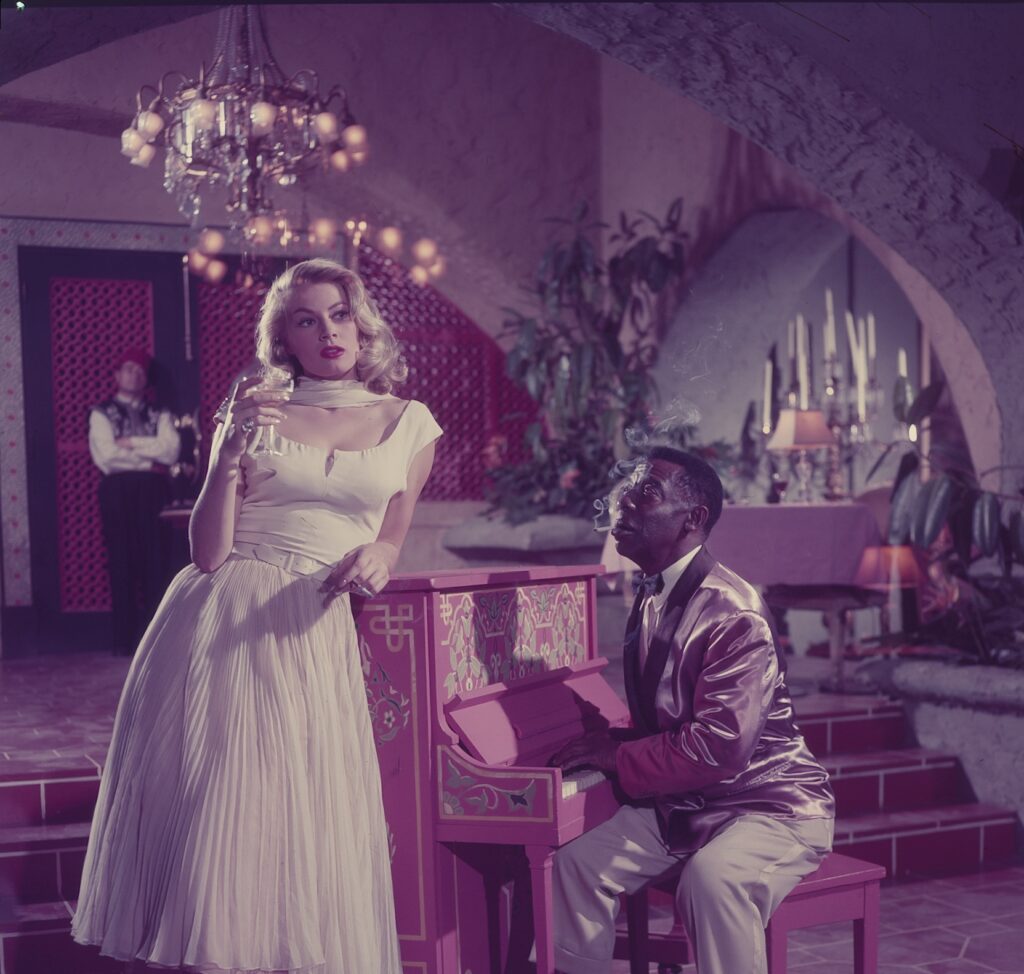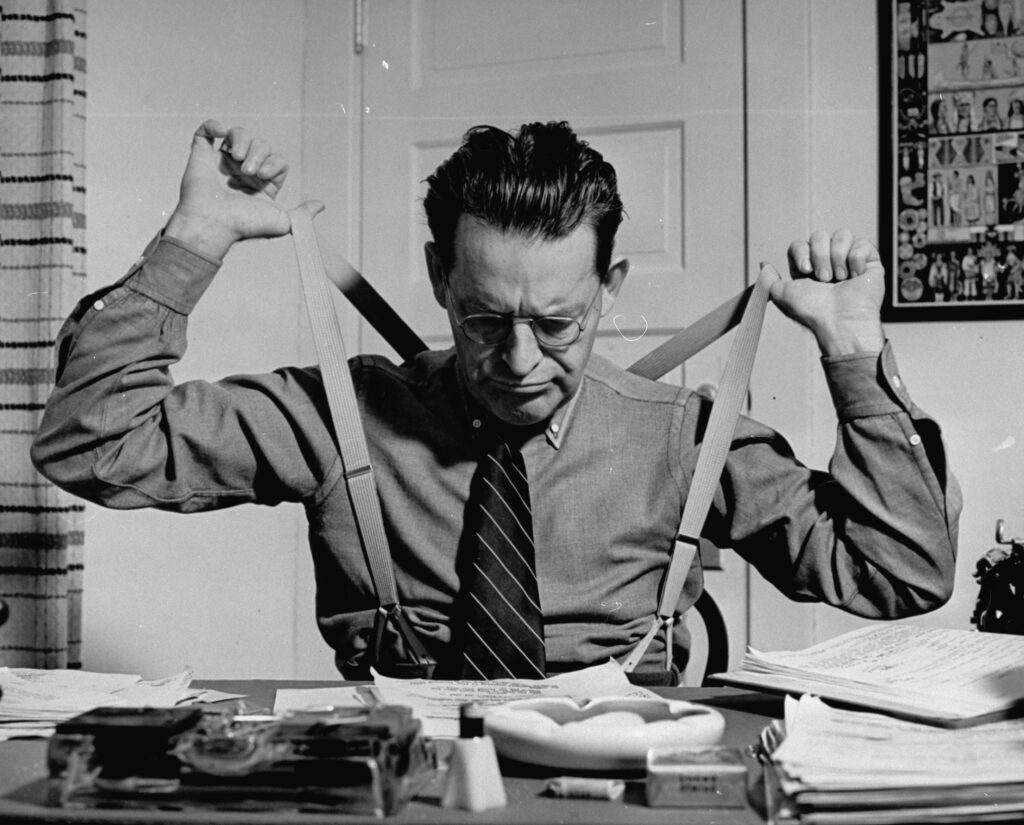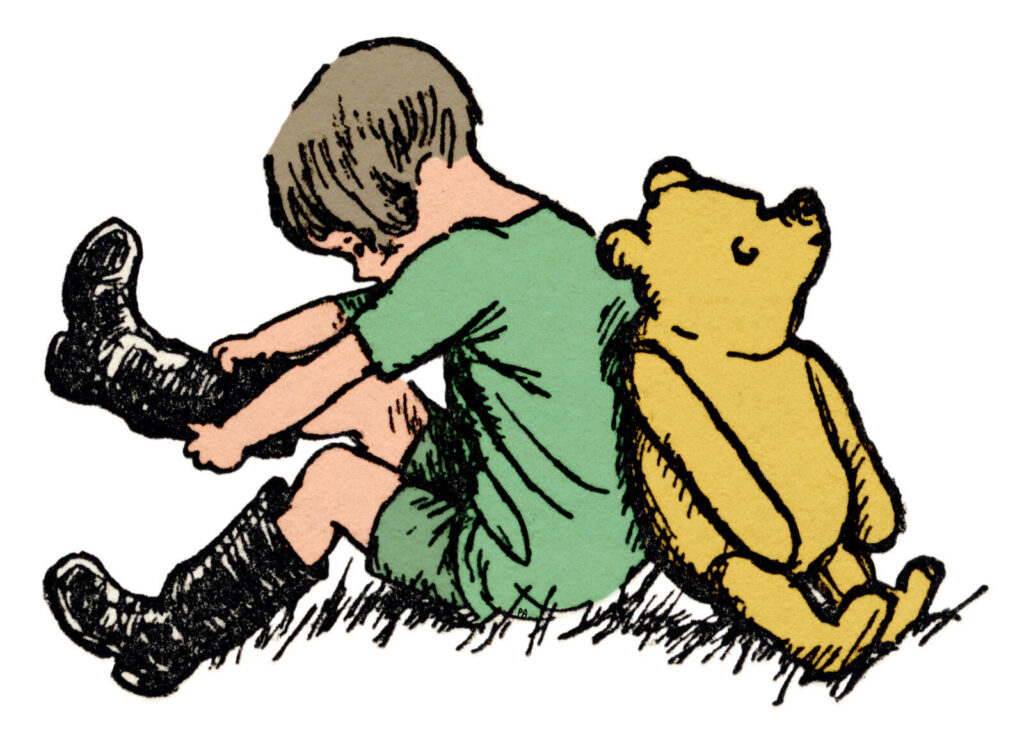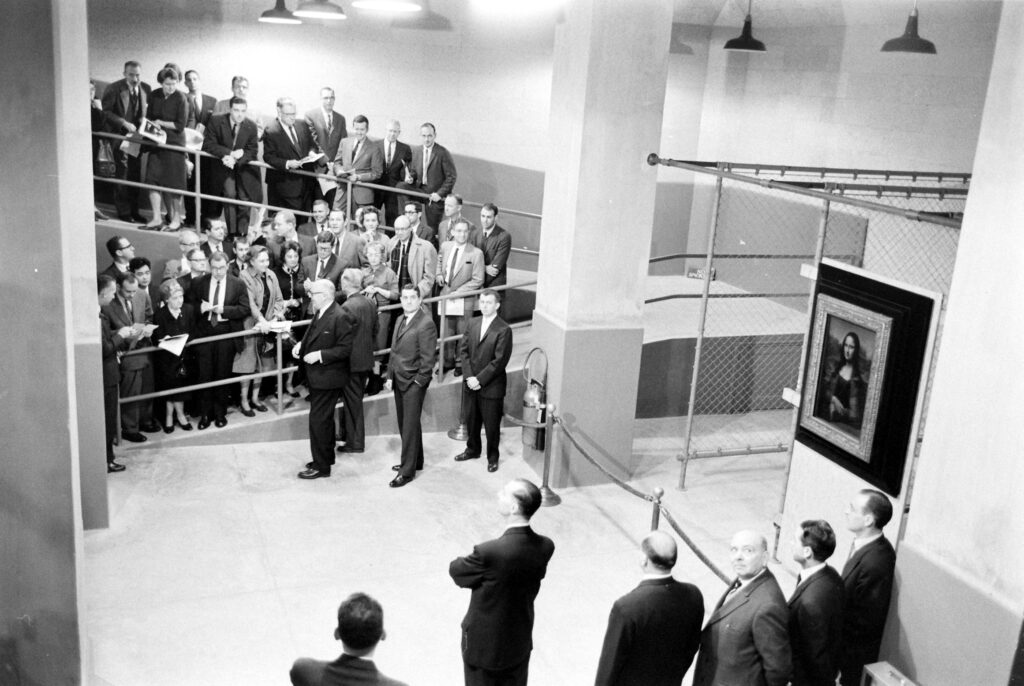Marcel Duchamp arrived on the scene in the early part of the 20th century with brash works intended to upset the art establishment. The most famous of these works were his “ready-mades.” These were store-bought objects which he presented as sculptures simply by placing them on a pedestal. For a major 1917 exhibition in New York, he famously displayed a urinal under the title “Fountain.”
He was part of a movement called Dadaism whose goal was anarchy as much as it was creation. They made a lot of noise for a while. But when LIFE magazine devoted a major story to Duchamp titled “Dada’s Daddy” in 1952, the artist was 64 years old and the movement’s heyday had long since passed. While the influence of Dadaism continued to echo throughout modern art, no one was really practicing Dada anymore—including Duchamp. The LIFE story was sparked by a retrospective being staged in New York, and at the show a woman complained to that Duchamp hadn’t done much since 1923 besides play chess—an assertion to which Duchamp nodded in happy agreement.
But while Duchamp was a “pioneer of nonsense and nihilism,” as LIFE termed him, he showed that he had a cooperative side by posing for LIFE photographer Eliot Elisofon in a stop-motion photo that recreated Duchamp’s early painting, “Nude Descending a Staircase, No. 2.” Duchamp not only agreed to play along with someone else’s idea, but seemed to enjoy placing himself under Elisofon’s direction, reportedly joking during the shoot, “Don’t you want me to do it nude?” The resulting image was itself a piece of art, and it is one of the best-sellers in the LIFE print store.
LIFE’s story included a lovely passage which suggested that Duchamp had aged better than the movement he ignited:
Today he seems to regard the complete abandonment of art as in itself an artistic achievement. He has pursued this achievement with admirable tenacity for nearly 30 years, and as a result enjoys an almost oracular position among today’s avant-garde artists, dealers and critics of Manhattan. Duchamp treats them all with the most disarming courtesy and polished charm. He is against more things than he is for. But he seems to believe strongly in two things: esthetics, which in his mind takes the place of religion; and absolute individualism, which is the core of his way of life.
Perhaps it was this respect for esthetics which allowed himself to place his trust in Elisofon. This photo gallery includes Elisofon’s historic shot as well as several of Duchamp’s more conventional appearances before the cameras of LIFE photographers.

Artist Marcel Duchamp walked down a flight of stairs for a multiple exposure image that paid homage to his famous painting “Nude Descending a Staircase,” 1952.
Photo by Eliot Elisofon/The LIFE Picture Collection/Shutterstock

Artist Marcel Duchamp at a chessboard, 1952.
Eliot Elisofon/Life Picture Collection/Shutterstock

Marcel Duchamp (right, foreground) attended a Texas art show, 1957.
Eliot Elisofon/Life Picture Collection/Shutterstock

Artist Marcel Duchamp sat behind his painting on glass, “To Be Looked at With One Eye, Close to, For Almost An Hour,” 1953. The cracks in the glass happened accidentally during transportation, but Duchamp said he felt they improved the painting.
Allan Grant/Life Picture Collection/Shutterstock

Portrait of artist Marcel Duchamp, 1952.
Eliot Elisofon/Life Picture Collection/Shutterstock

Portrait of artist Marcel Duchamp, 1952.
Eliot Elisofon/Life Picture Collection/Shutterstock

Portrait of artist Marcel Duchamp, 1952, posing in front of his 1914 painting “Network of Stoppages.”
Gordon Parks/Life Picture Collection/Shutterstock

Portrait of artist Marcel Duchamp, 1952, posing in front of his 1914 painting “Network of Stoppages.”
Gordon Parks/Life Picture Collection/Shutterstock
















